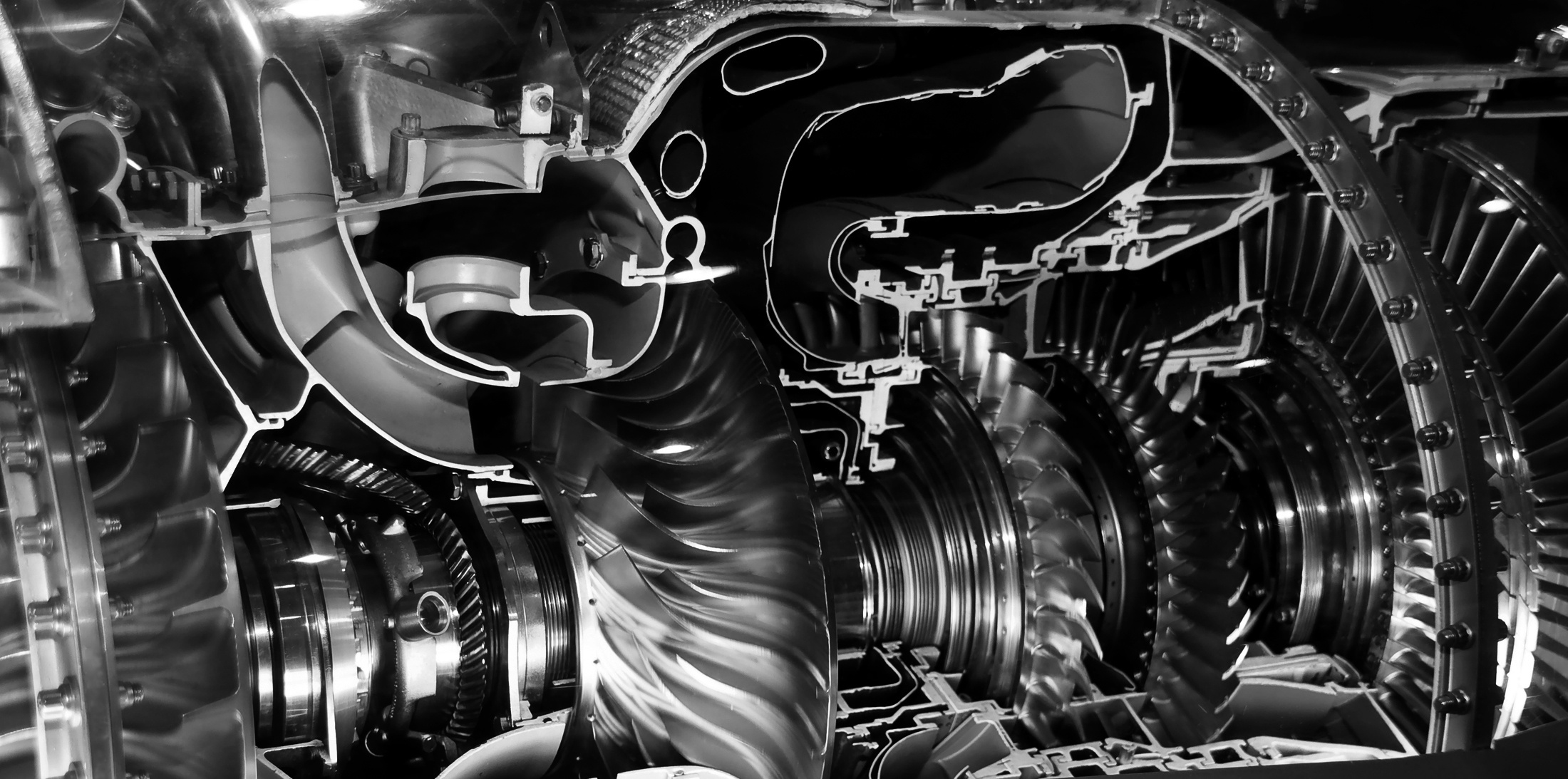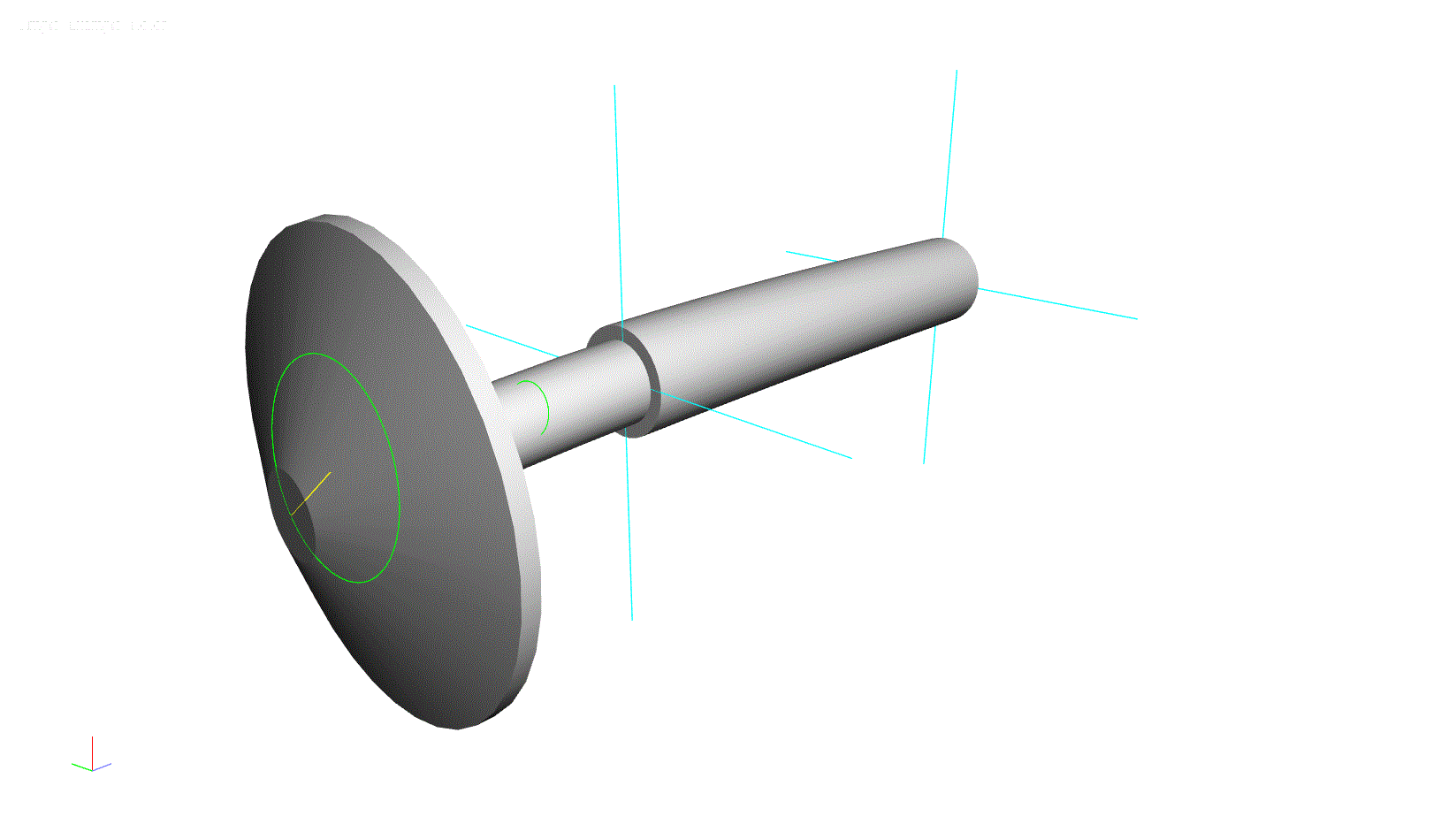The advancement of composite material technologies over the past few decades has contributed to their widespread use in a vast array of aerospace applications. Most applications target weight reduction without compromising the strength and endurance capabilities of the metallic structures being replaced. The high-strength composite materials used in advanced applications involving elevated temperature conditions are, typically, continuous fibrous material embedded in a matrix material that acts to hold the fibers together. The fibers in the matrix material can be oriented in various directions to achieve the desired mechanical properties in any specific direction. Weight reduction is achieved by eliminating redundant fiber material for the directions in which material strength and stiffness are not required by the design.
The turbomachinery industry is also seeing increased interest in the use of ceramic-matrix based composites (CMCs). This class of composite materials is primarily suitable for extremely high temperature applications. These applications include the hot section components of aircraft engines and land-based gas turbines, with temperature endurance capabilities of these materials exceeding those of the well-known Ni-based superalloys. Focused research programs at the NASA Glenn Research Center have made significant advancements in the development of Silicon Carbide-based (SiC-based) ceramic matrix composites reinforced by SiC fibers (SiC-SiC composites). Although these advancements are still under development, steps have been taken to streamline the manufacturing processes of reliable quality SiC-SiC turbomachinery components for high temperature applications. The first generation of SiC-SiC CMCs have a demonstrated thermo-structural capability of ~1250°C.
The enhanced thermo-structural capability of SiC-SiC composites (compared to metallic alloys), combined with their dimensional stability at high temperatures (minimal physical deformation due to thermal loading), make these composites ideal for challenging applications. SiC-SiC CMCs are being tested for introductory subcomponent use in the fabrication of exhaust sections exposed to high temperature exit flow in aircraft engines, flame holder components located in the augmenter module at the turbine exhaust section, engine afterburner sections and combustor linings, and LP and HP turbine vanes and shrouds.

SiC-SiC CMCs offer significant weight reduction, enhanced strength and durability, as well as reduced cooling flow requirements, enabling fuel savings and operation at higher temperatures. The trend toward using these types of composites will accelerate as composite material technology continues to advance.





